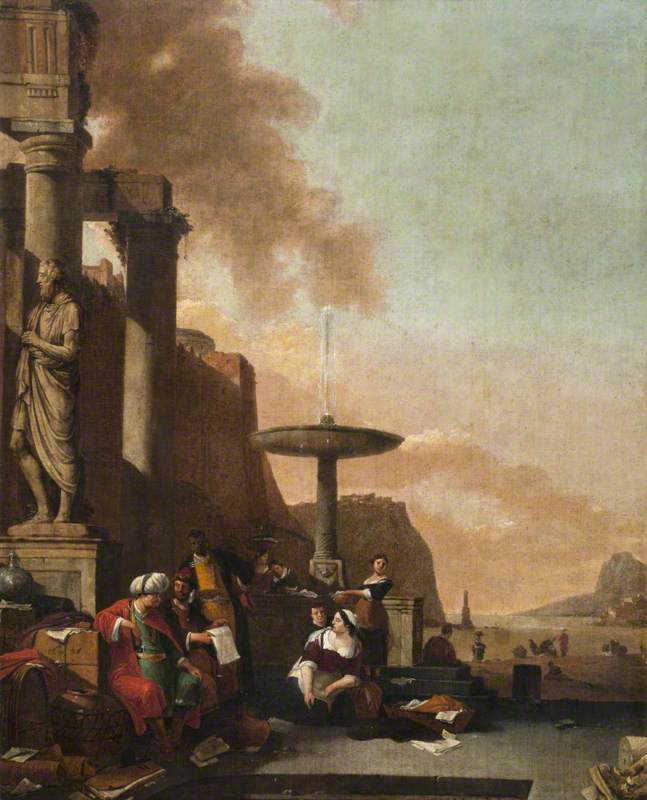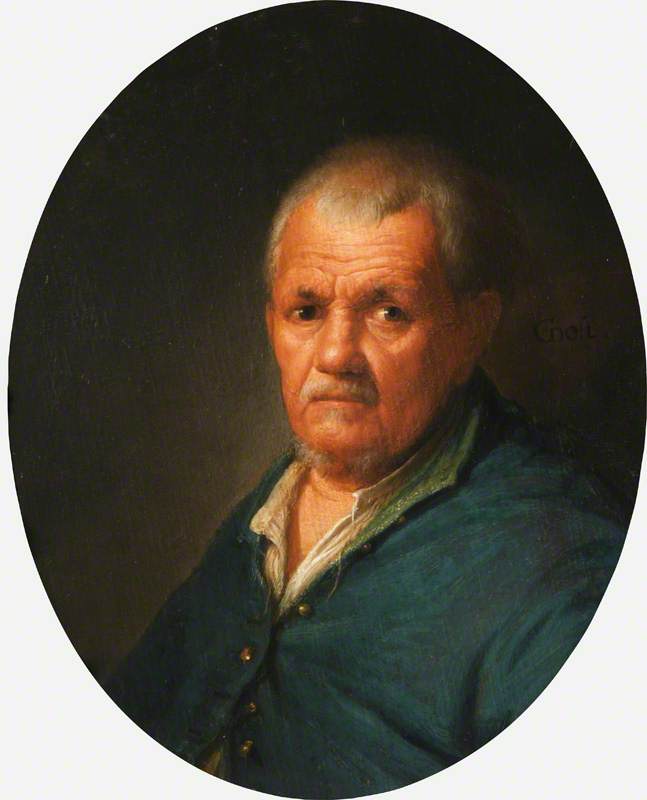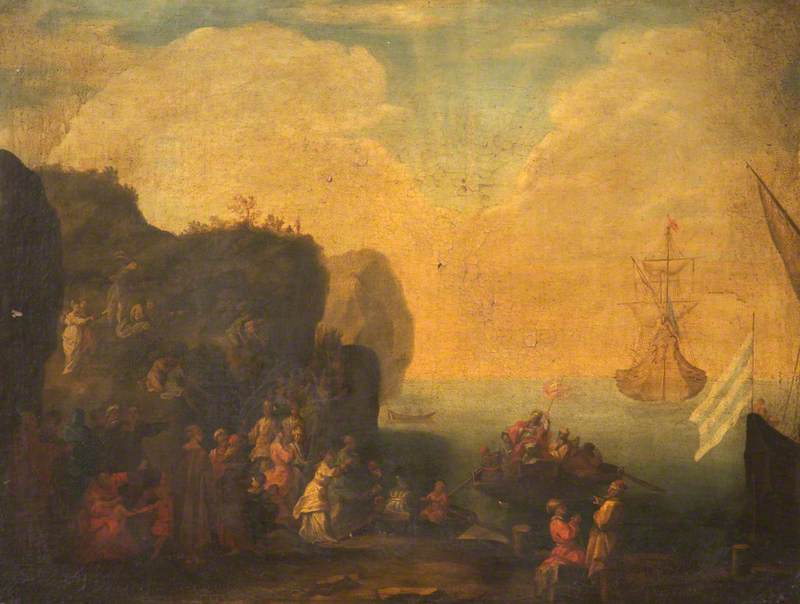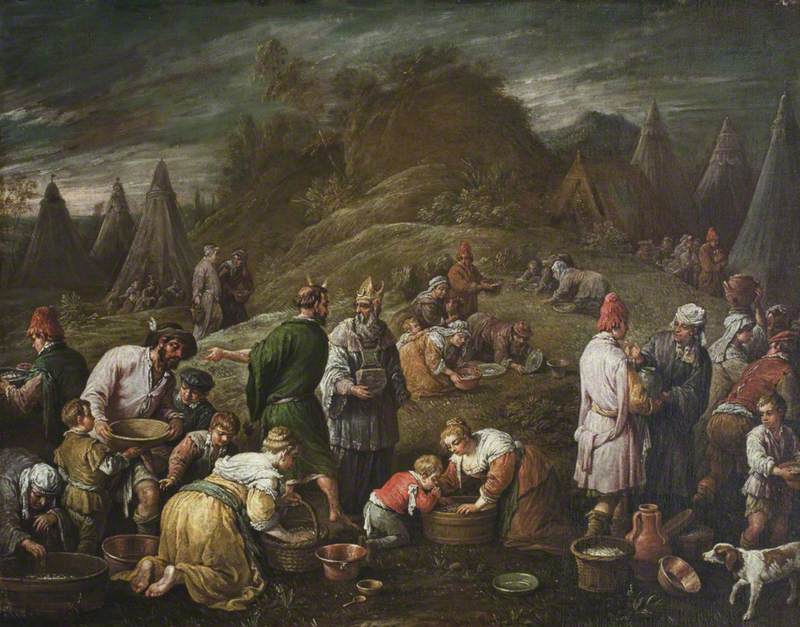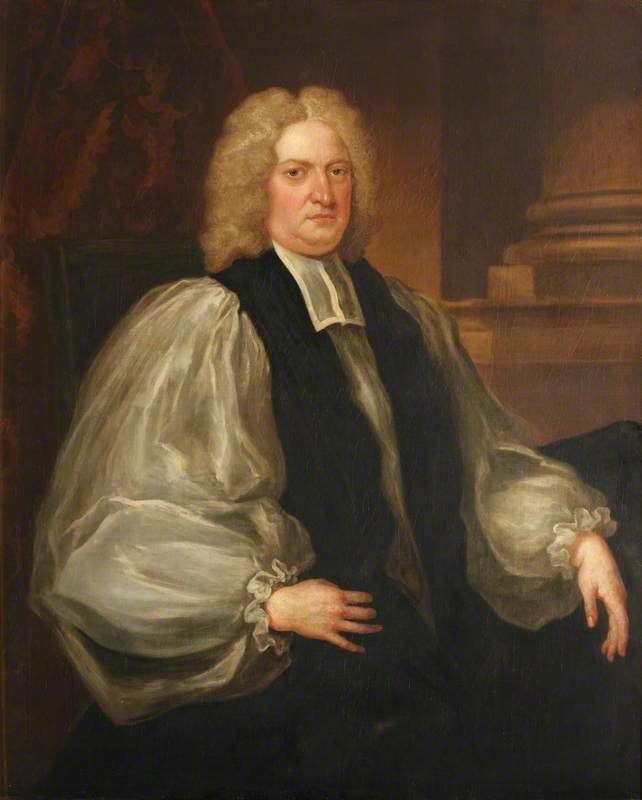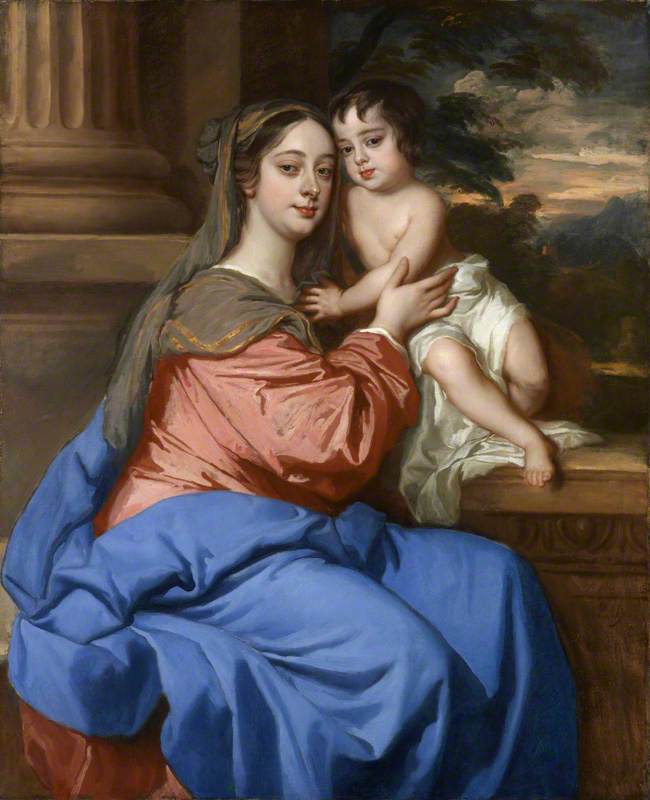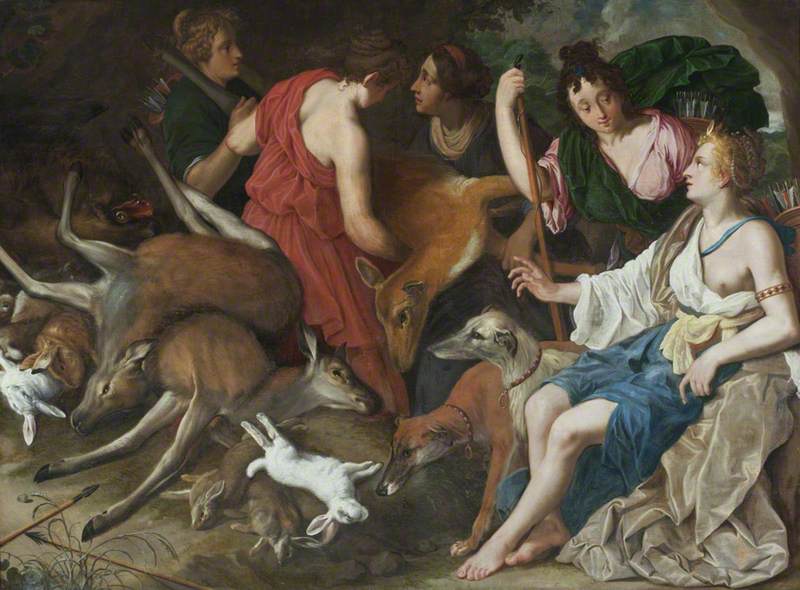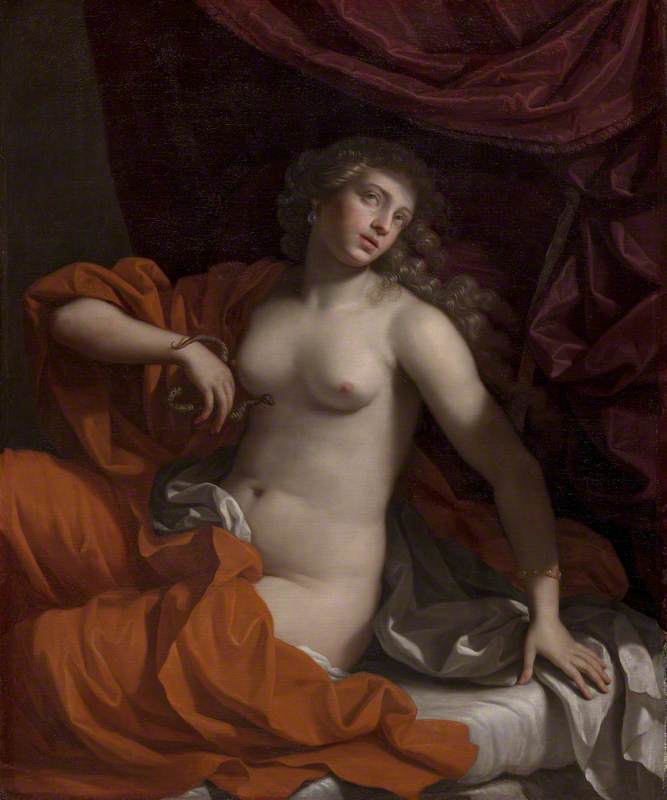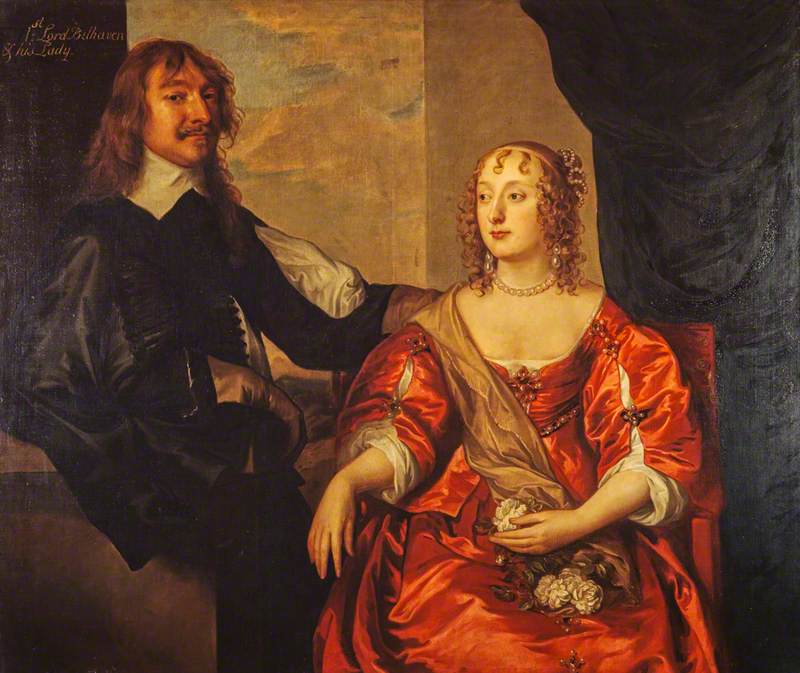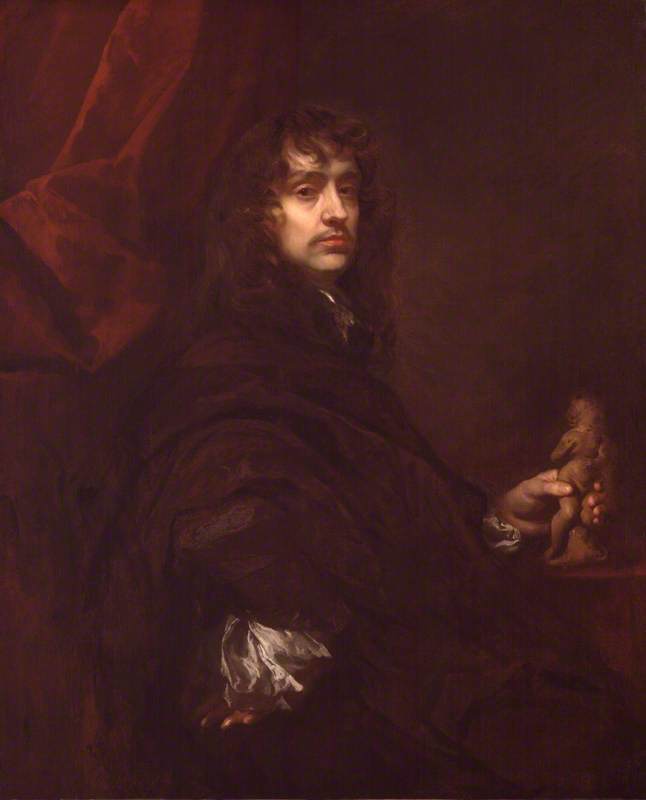
Image credit: National Trust Images/John Hammond
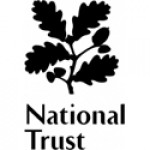
Open to the public
Historic house or home in Richmond upon Thames
188 artworks
Part of National Trust
Plan a visitArtists
National Trust, Ham House is part of
National Trust
National Trust artworks can also be found at these venues
More information-
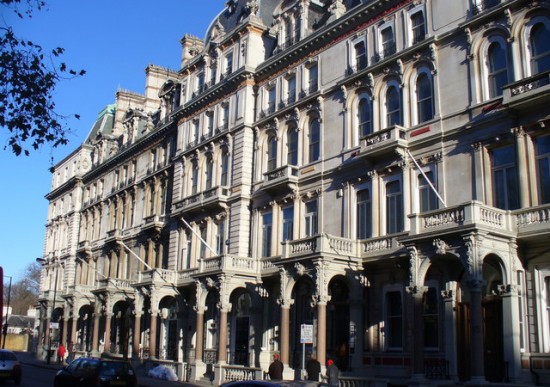 National Trust Collections
National Trust CollectionsLondon
-
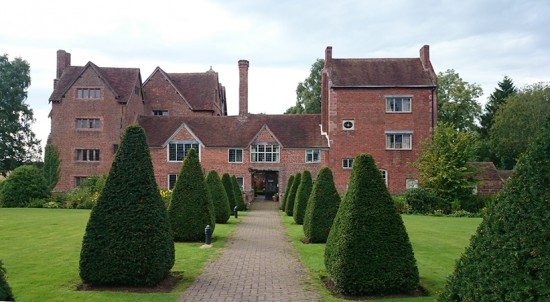 National Trust Collections at Harvington Hall
National Trust Collections at Harvington HallKidderminster
-

-
 National Trust, A la Ronde
National Trust, A la RondeExmouth
-
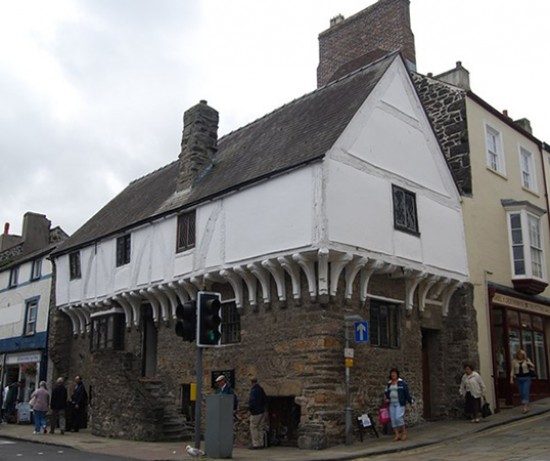
-
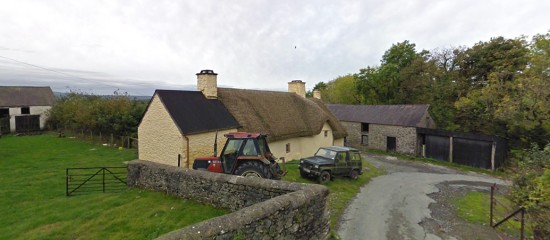 National Trust, Aberdeunant
National Trust, AberdeunantLlandeilo
-
 National Trust, Acorn Bank
National Trust, Acorn Banknear Penrith
-
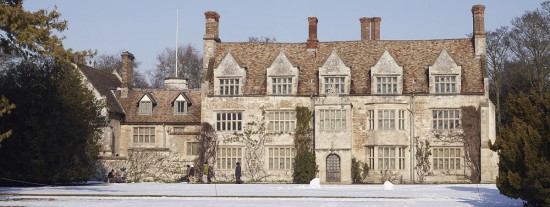 National Trust, Anglesey Abbey
National Trust, Anglesey AbbeyCambridge
-
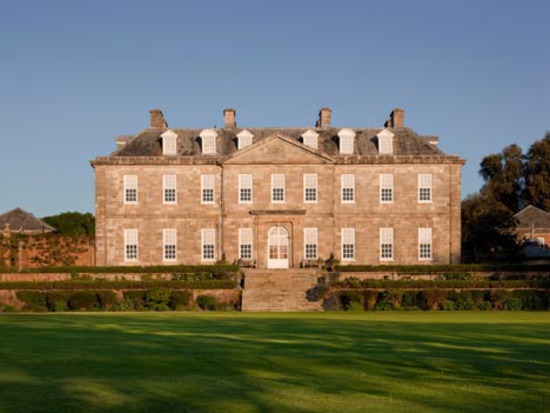 National Trust, Antony
National Trust, AntonyTorpoint
-
 National Trust, Ardress House
National Trust, Ardress HousePortadown
-
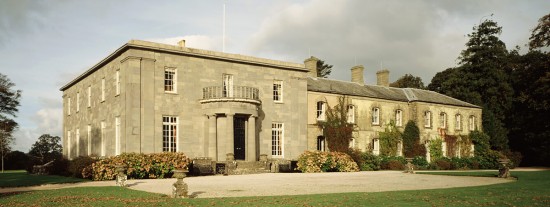
-
 National Trust, Ascott
National Trust, Ascottnear Leighton Buzzard
-
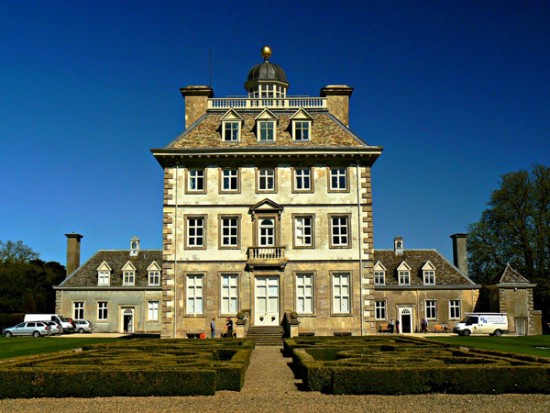 National Trust, Ashdown House
National Trust, Ashdown HouseNewbury
-
 National Trust, Attingham Park
National Trust, Attingham Parknear Shrewsbury
-
 National Trust, Avebury Manor
National Trust, Avebury Manornear Marlborough
-
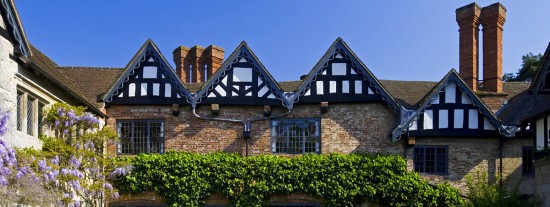 National Trust, Baddesley Clinton
National Trust, Baddesley ClintonBaddesley Clinton
-
 National Trust, Barrington Court
National Trust, Barrington Courtnear Ilminster
-
 National Trust, Basildon Park
National Trust, Basildon ParkReading
-
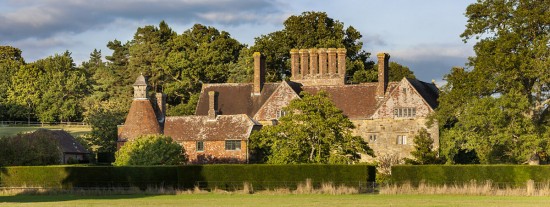
-
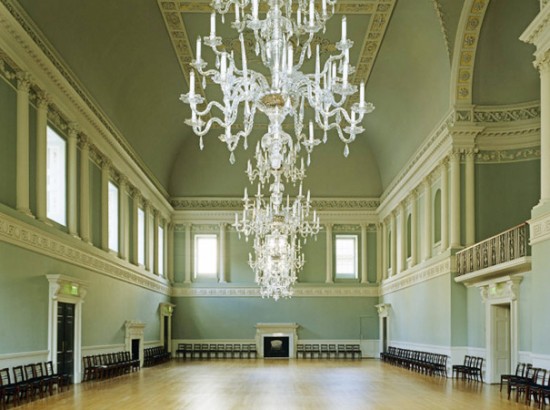
- View all 212
Venues in Richmond upon Thames
-
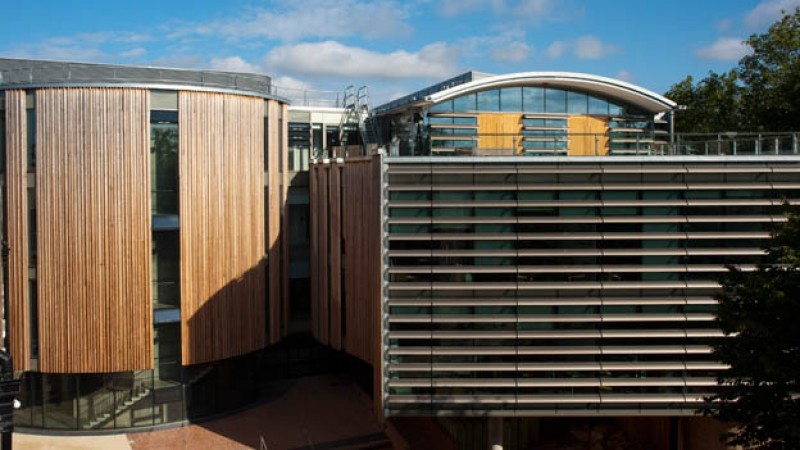 Collection of the Herbarium, Library, Art & Archives, Royal Botanic Gardens, Kew
Collection of the Herbarium, Library, Art & Archives, Royal Botanic Gardens, Kew -
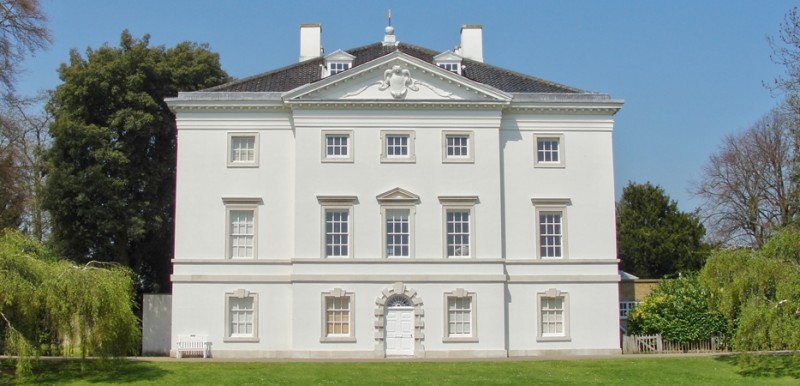 English Heritage, Marble Hill House
English Heritage, Marble Hill House -
 Garrick's Temple to Shakespeare
Garrick's Temple to Shakespeare -
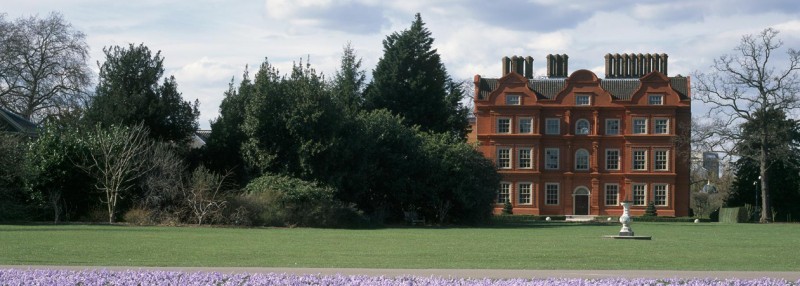 Kew Palace
Kew Palace -
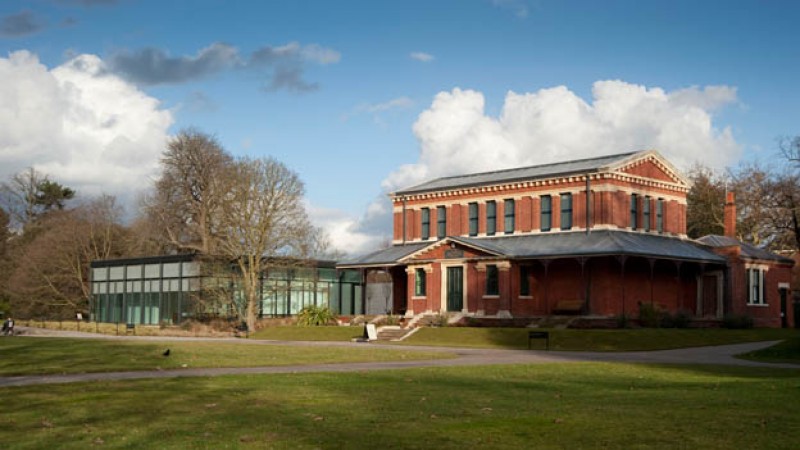 Marianne North Gallery
Marianne North Gallery -
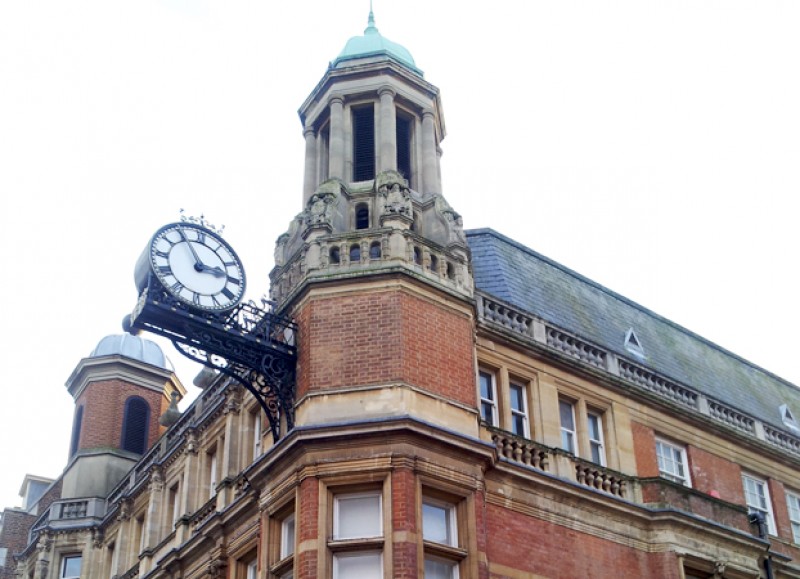 Museum of Richmond
Museum of Richmond -
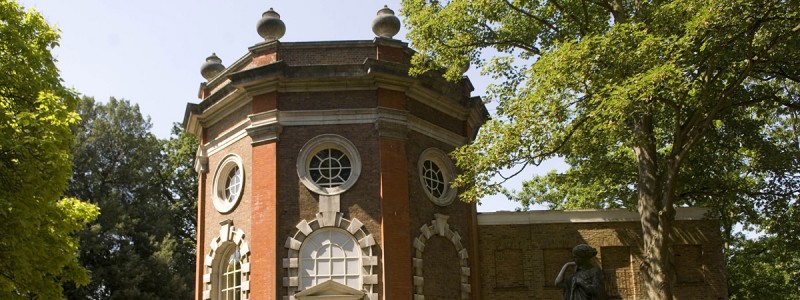 Orleans House Gallery
Orleans House Gallery -
 Richmond Reference Library
Richmond Reference Library -
 Royal Military School of Music
Royal Military School of Music -
 The National Archives
The National Archives

